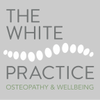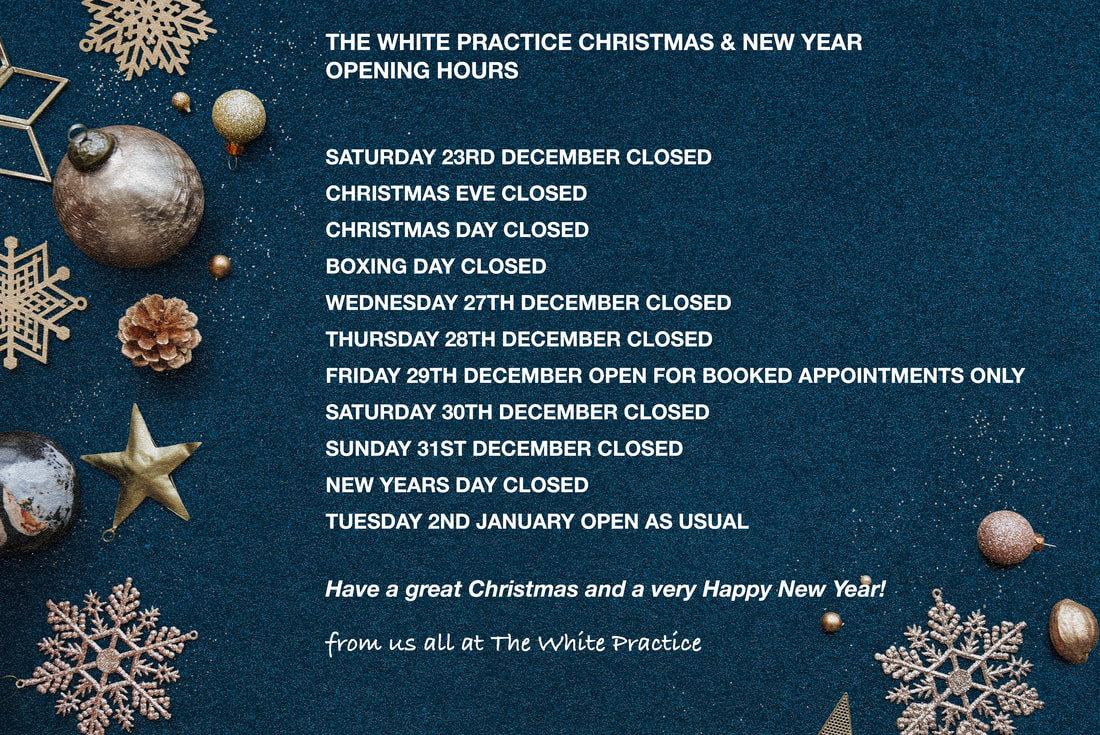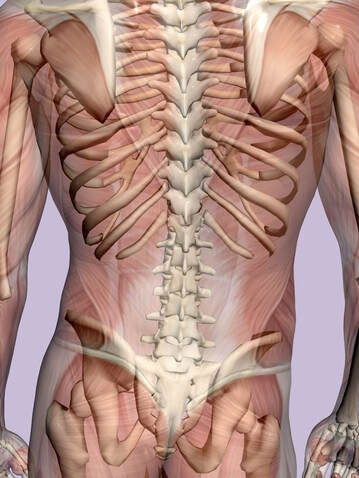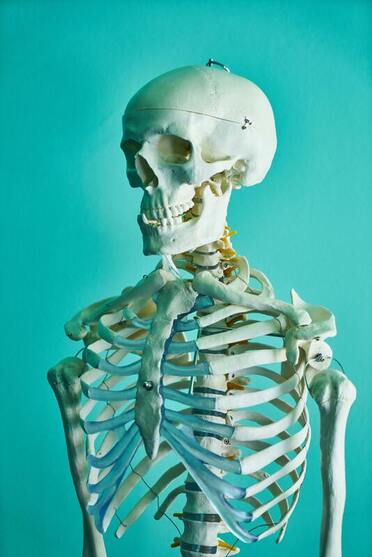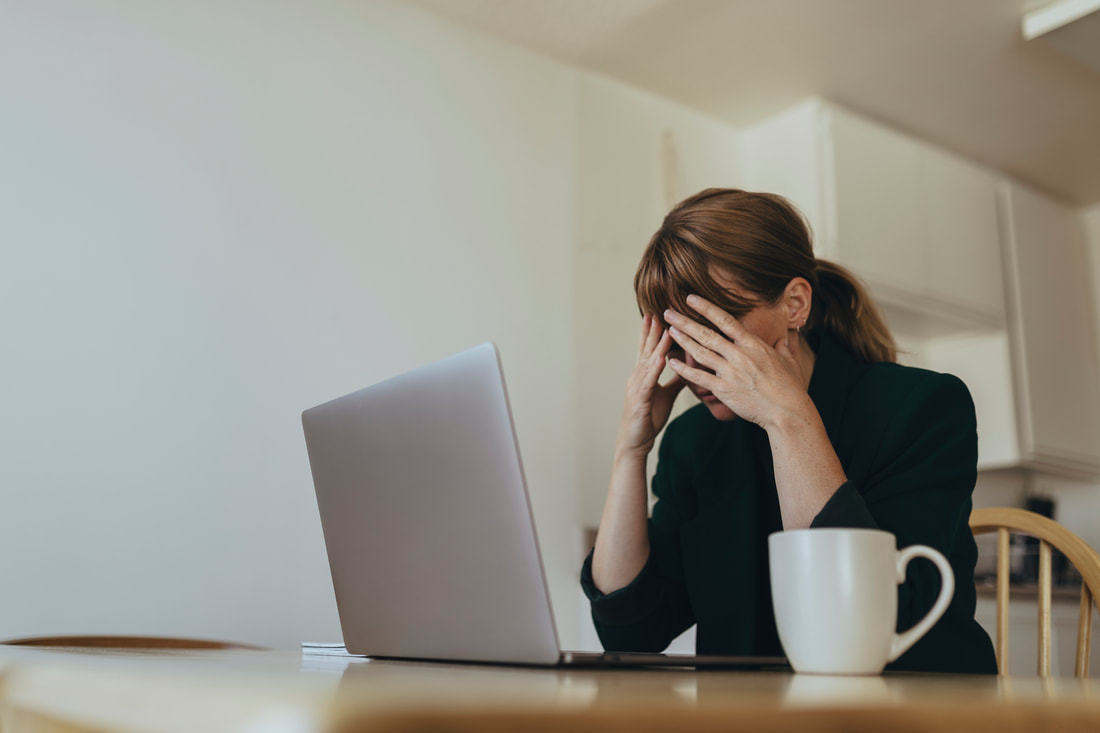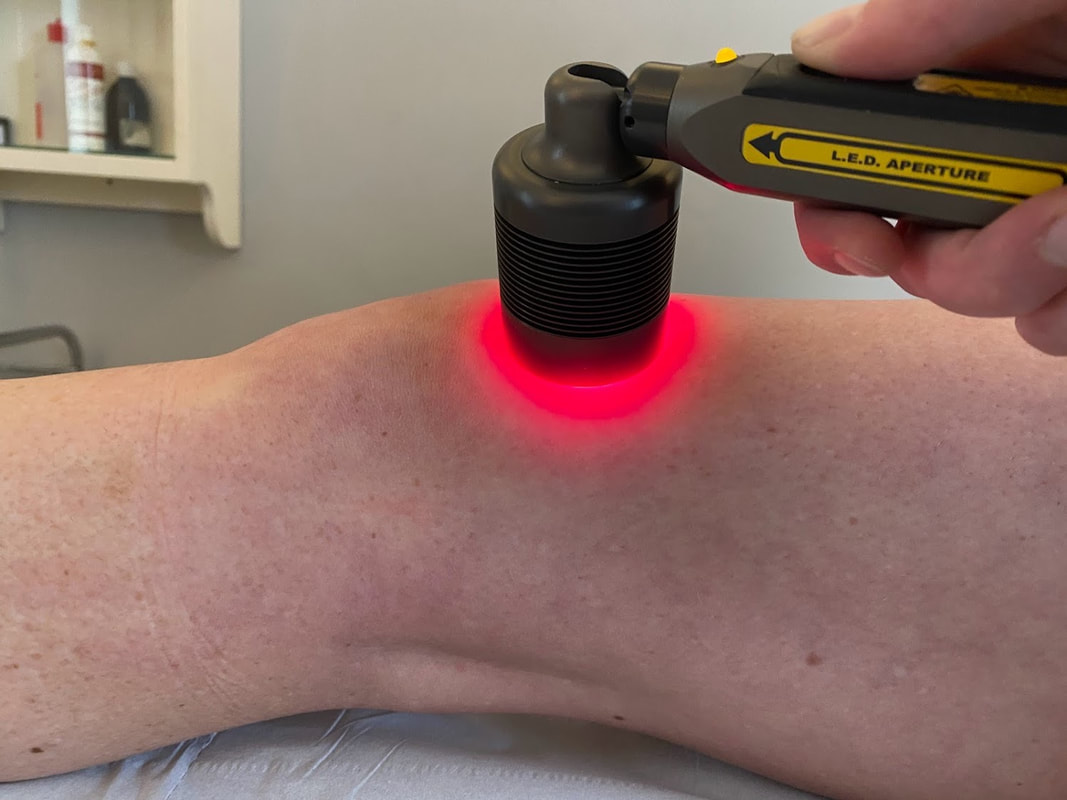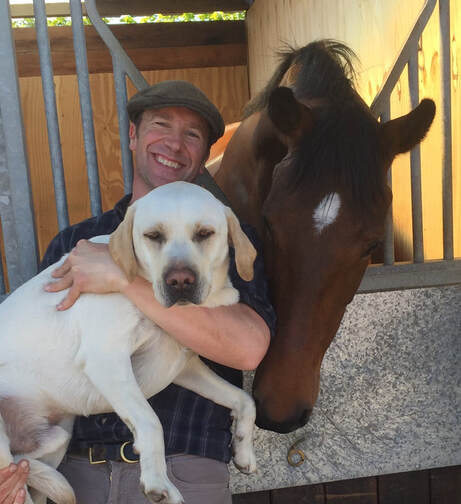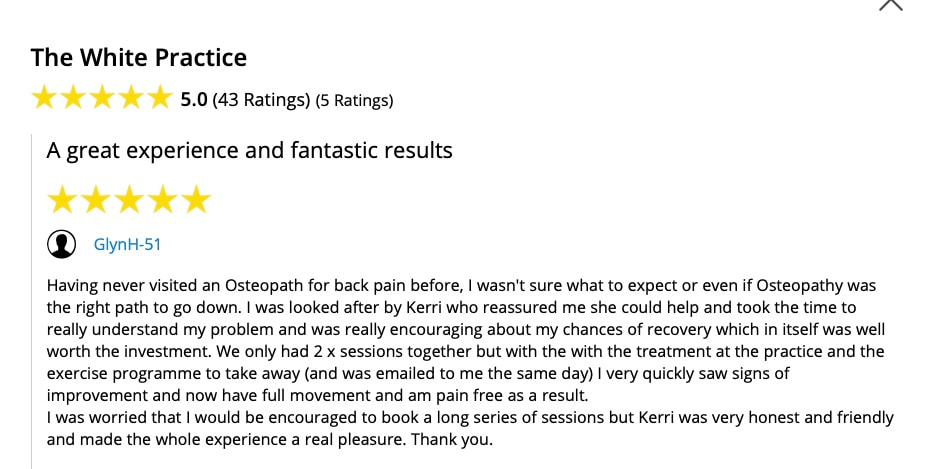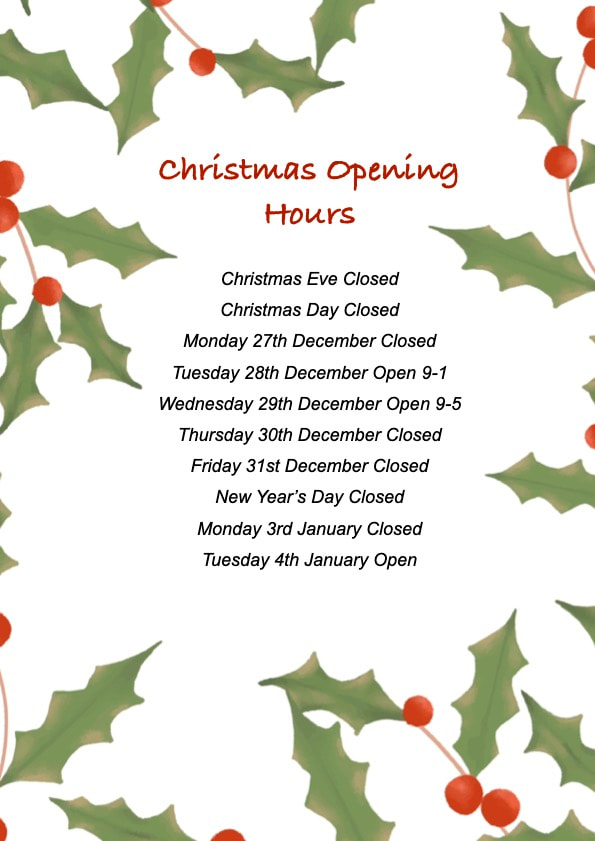Do the discs in your spine really slip? . Patients often ask me about slipped discs. Sounds pretty scary doesn’t it, a slipped disc. You start to picture your back as a tower of bones and discs, where a disc slipping out would cause total collapse. But we don’t just collapse to the ground (although the pain it causes may feel like we might), so let’s take a look at exactly what a slipped disc is. . Your spine is made up of lots of bones called vertebrae, which are stacked on top of each other. Between these vertebrae are discs made of a tough fibrous outer and a fluid filled sack inside, a bit like a jam doughnut.
How to keep your bones healthy and strong – top tips
We all know bones are important. They enable up to stand up and move, as well as providing protection for your organs. But did you know you bones are constantly changing? Our bone density is maintained by a fine balance between cells that breakdown and digest bone (picture Pakman) and cells that build new bone. When you are younger your bone density increases until the age of 30. After this you start to very slowly lose density. In some people the cells that build bones do not keep up with the cells that break them down and this leads to a faster than normal loss of bone density which can result in osteoporosis (brittle bones which fracture easily). So how can we keep our bones nice and strong and help to prevent osteoporosis? Begin by binning the bad habits! Smoking and excessive alcohol consumption increase your risk of developing osteoporosis. Diet – it’s all about what you put in! Research has shown that maintaining a healthy, balanced diet which includes lots of vegetables, oily fish and dairy can help maintain healthy bones. Calcium is one of the main minerals in bone so ensuring that you get enough calcium in your diet is essential. You will also need to have enough Vitamin D as this enables you to absorb the calcium you eat. However, it can be difficult to get enough vitamin D through diet alone. Happily, from April through to September, we are able to make our own vitamin D from sunlight. Unfortunately, in winter, many of us become deficient, so make sure you get your recommended amount of vitamin D. Other vitamins such as vitamin C and vitamin K also help keep your bones healthy. Exercise – you snooze, you lose! Our bones respond to the demands we place on them. For instance, astronauts lose bone density much faster in space due to not being able to weight bare in the absence of gravity. Back here on earth, the more exercise you do, the stronger your bones become. And the good news is that it doesn’t have to me a huge amount of intensive exercise either. It is recommended that people aged between 19 -64 years should do a total of two and a half hours of aerobic exercise a week. Even if you aren’t able to manage that much exercise, simply going for a walk or a swim every day helps. Resistance training exercises have also been shown to increase bone density so get those resistance bands out! #osteopath #howtokeepboneshealthy #bonehealth Stressed out? Top tips to prevent tension.
Life has become more and more stressful. We have stressful jobs, lead hectic and stressful lives and now many of us are suffering the additional stress of the cost of living crisis. Stress effects your body in many different ways from reducing your sleep to raising blood sugar levels and blood pressure as well as impacting everything from your digestive system to your immune system. Stress also has a huge impact on your musculoskeletal system (your bones, joints and muscles). Stress sets off a natural protection mechanism, our muscles tighten up in response to stressful situations and relax again once the stressful situation has passed. However, if you are under constant (chronic) stress, your muscles do not get a chance to relax and this can eventually lead to low back and neck/shoulder pain as well as contribute towards tension headaches. In many cases we can’t simply cut out the stressful things in our lives, so what can be done to help reduce the effects of stress on our musculoskeletal system? Stretching – stretching your tight muscles can help release tension, be sure to hold the stretch for 20 seconds and remember it shouldn’t be painful. Breathing exercises – abdominal breathing exercises are a great way to reduce tension in your diaphragm and make you feel more relaxed. Exercising – exercise helps get those muscles working which increases blood flow (which is often reduced in over tight muscles). You don’t have to run a marathon either, just getting out for a short walk is enough to get those muscles moving and its great for your mental health too! Meditation – mediation or mindfulness can help reduce muscle tension through relaxation. There are some great meditation and mindfulness apps and videos out there so you can have a go from the comfort of your own home. Manual therapy – your manual therapist (be it a physiotherapist, chiropractor, osteopath or massage therapist) can help alleviate the tension in your muscles through massage, gentle stretching and mobilisation techniques. Be sure to check they are fully qualified and insured. Finally, it is important to keep in mind that different people find different things helpful for relaxing so try a few different things and see what works for you. . #nailsworthosteopath #stressrelief #meditation #mindfulness #reducemusletension Laser Therapy – Science fiction or useful therapy?
As far back as ancient Egyptian times light has been considered to have healing properties. Even today everyone knows the benefits of soaking up some sun for some much needed vitamin D. When I first heard about laser therapy I must admit I was sceptical. For the sci-fi fans among us it is easy to picture some magic healing device from Star Trek or the more dangerous lasers used to threaten James Bond. So what is laser therapy and how does it work? Low Level Laser therapy (LLLT), often known as cold laser or photobiomodulation, uses near infrared wavelengths of light, often invisible to the human eye. In a similar way to plants making energy from sunlight through photosynthesis, laser energises the mitochondria in our cells, which are the powerhouses of our cells. What use is energising my cells? I hear you ask. Well energised cells work faster. There is a lot of scientific research supporting the use of Laser therapy to improve wound healing time, especially in diabetics. It can also improve circulation, helps treat back and neck pain and is especially useful for tendon injuries such as Achilles tendonitis or tennis elbow. Laser is also useful for our four legged friends who often find treatment very relaxing. Are there any risks? Unlike other classes of laser, LLLT is a cold laser (as opposed to the hot lasers used for surgery) so won’t heat up your tissues or cause burns. It can even be safely used over pins and joint replacements. There are of course a few rare cases where laser may not be suitable which your therapist will discuss with you. Can I feel it? Although my animal patients seem to be able to feel it, none of my human patients have reported feeling anything. It simply speeds up your body’s normal healing mechanisms, which we usually cannot feel anyway. So although laser may not be the instant and magical healing device from the movies, it is certainly a useful therapy for speeding up the healing process, especially for sports injuries or arthritis. Is you four legged friend in discomfort?
ANIMAL OSTEOPATHY / LASER TREATMENT Our new low level laser therapy is a wonderful addition to the Osteopathic treatment we provide for your beloved pets. Laser treatment has been proven to reduce pain and encourage natural healing, and is totally painless. Nick White is an Osteopath with 20 years of experience. He treats both animals and humans. If you wish to book an appointment please contact us by email at: [email protected]. Animal Osteopathy Treatment Price: £50 per treatment Low Level Laser Therapy (LLLT), otherwise known as Photobiomodulation or cold laser, utilises certain wavelengths of light to promote and increase your body’s own healing mechanism, reducing pain and inflammation. This type of laser (class 3B) is a cold laser, as opposed to the stronger hot lasers used for surgery or to destroy tumours, so you cannot feel cold laser as they do not heat up the tissues. LLLT has been used for many years to treat arthritic joints, neuropathic pain syndromes, sports injuries and low back and neck pain. Over 700 randomised clinical trials have been published on the use of LLLT. Osteopaths often use laser alongside osteopathic techniques to promote healing of soft tissues and joints.
Laser can be used to treat:
Laser therapy is also very popular with our animal patients, who find it very relaxing and often fall asleep after treatment! Did you know you can buy Tumeric rub from Ruth Holmes at The White Practice? - here are the benefits8/7/2022 Topical benefits of Tumeric:
Studies have shown that Tumeric is capable of reducing inflammation and pain in people whose joints are affected with arthritis, the primary symptoms of arthritis are pain, swelling of joints, stiffness and decreased range of movement. Arthritis is not discrimatory of age, gender or race and is one of the leading causes of disability globally, this can be in the form of Osteoarthritis and/or Rheumatoid athritis. Curcumin is the active ingedient in tumeric, it has strong anti-inflammatory properties which target approximately thirty enzymes and proteins in the body to reduce inflammation. This can be found in it's original root form to be cut/ground up in cooking, ground powder, capsules and for topical use as a cream,gel or lotion. Whilst all forms of Tumeric excert anti-inflammatory qualities,using it as a topical agent is a controlled, science backed method to combat local inflammation, swelling and pain. Our skin being our main organ as well as being a semi permeable membrane most of what we put onto our skin becomes absorbed. Curcumin in tumeric is not water soluble therefore this needs to be mixed with an oil to serve as a soluble carrier to help the absorption through the skin. In my tumeric rub I have made the base with shea butter and oil and added in several other herbs like Wintergreen, Rosemary, Hypericum and Bay as these herba also have an anti-inflammatory action whilst also aiding vasodilation to enhance the absorption. 30g size £7 60g size £15 If you would like to order from Ruth please email her: [email protected] or contact her on 07807166740 |
